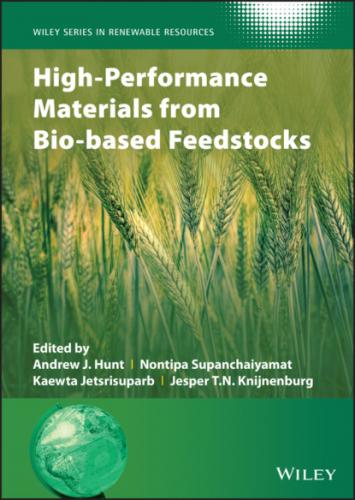More information on biodiesel yield produced in the presence of various heterogeneous catalysts is summarized in Table 2.4. In comparison to non‐biomass‐derived catalysts mentioned in this discussion, not only the catalysts produced from carbon‐rich biomass but also from calcium carbonate‐rich biomass have the potential to be competitive with commercial alkali and metal oxide catalysts in biodiesel production. Even though biomass‐derived catalysts showed a slightly lower biodiesel yield, paying more attention to research in biodiesel production with bio‐based catalysts will shortly achieve better results in terms of product yield, catalyst stability, environmental friendliness and cost‐efficiency.
2.5.3 Biomass‐Derived Activated Carbon
Biomass‐derived activated carbons are conventionally produced from diverse renewable sources via carbonization and activation. The sequence of processes in activated carbon production from biomass causes a considerable increase in the porosity and specific surface area. Other unique properties of activated carbon comprise thermal resistance, stability in both acidic and basic environment, and the possibility to tailor both its physical and surface chemical properties. To satisfy the requirements for catalyzing a specific reaction, activated carbons can be treated with KOH or CaO via wet impregnation. The stability of such immobilized catalysts, however, is relatively low. To improve the performance of activated carbon, chemical treatment with oxidizing acids such as SO3H, H3PO4, or HNO3 is an interesting choice [119–121]. In view of the catalytic potential, sulfonated carbon catalysts are widely attractive in reactions such as hydrolysis, esterification, and transesterification. Sulfonated bio‐based carbon catalysts can be prepared by direct sulfonation or sulfonation via reductive alkylation/arylation reactions.
Figure 2.6 Esterification of fatty acid.
Table 2.4 Comparison of various catalysts for biodiesel production.
| Catalyst | Feedstock | Reaction conditions | Yield (%) | References | |||
|---|---|---|---|---|---|---|---|
| Alcohol:Oil | Catalyst amount (wt%) | Temperature (°C) | Time | ||||
| La2O3/CaO | Jatropha oil | 25 : 1 | 3 | 160 | 3 h | 98.76 | [112] |
| Li/CaO | Jatropha oil | 12 : 1 | 5 | 65 | 1–2 h | >99 | [113] |
| ZnO‐TiO2‐Nd2O3/ZrO2 | Soybean oil | 5.7 : 1 | — | 195 | 44 min | 99 | [104] |
|
|
Waste cooking oil | 15 : 1 | 3 | 150 | 3 h | 92.3 | [105] |
| Bio‐based carbon modified with Ni and Na2SiO3 | Soybean oil | 9 : 1 | 7 | 65 | 100 min | 98.1 | [114] |
| Sulfonated modified coconut meal residual | Waste palm oil | 12 : 1 | 5 | 65–70 | 10 h | 92.7 | [115] |
| Sulfonated modified carbonized coconut shell | Palm oil | 30 : 1 | 6 | 60 | 6 h | 88.25 | [116] |
| Sulfonated woody biochar | Canola oil | 30 : 1 | 7 | 315 | 3 h | 48.1 | [117] |
| Sulfonated carbonized bamboo | Oleic acid | 7 : 1 | 6 | 90 | 2 h | 98.4 | [111] |
| Calcium oxide from eggshell | Waste cooking oil | 6 : 1 | 5.8 | Room temperature | 11 h | 97 | [118] |
Sulfonated activated carbons from various biomass resources were tested for the production of biodiesel through esterification or transesterification. Various kinds of biomass wastes were activated with H3PO4 prior to carbonization and subsequently sulfonated through arylation of 4‐benzenediazonium.
